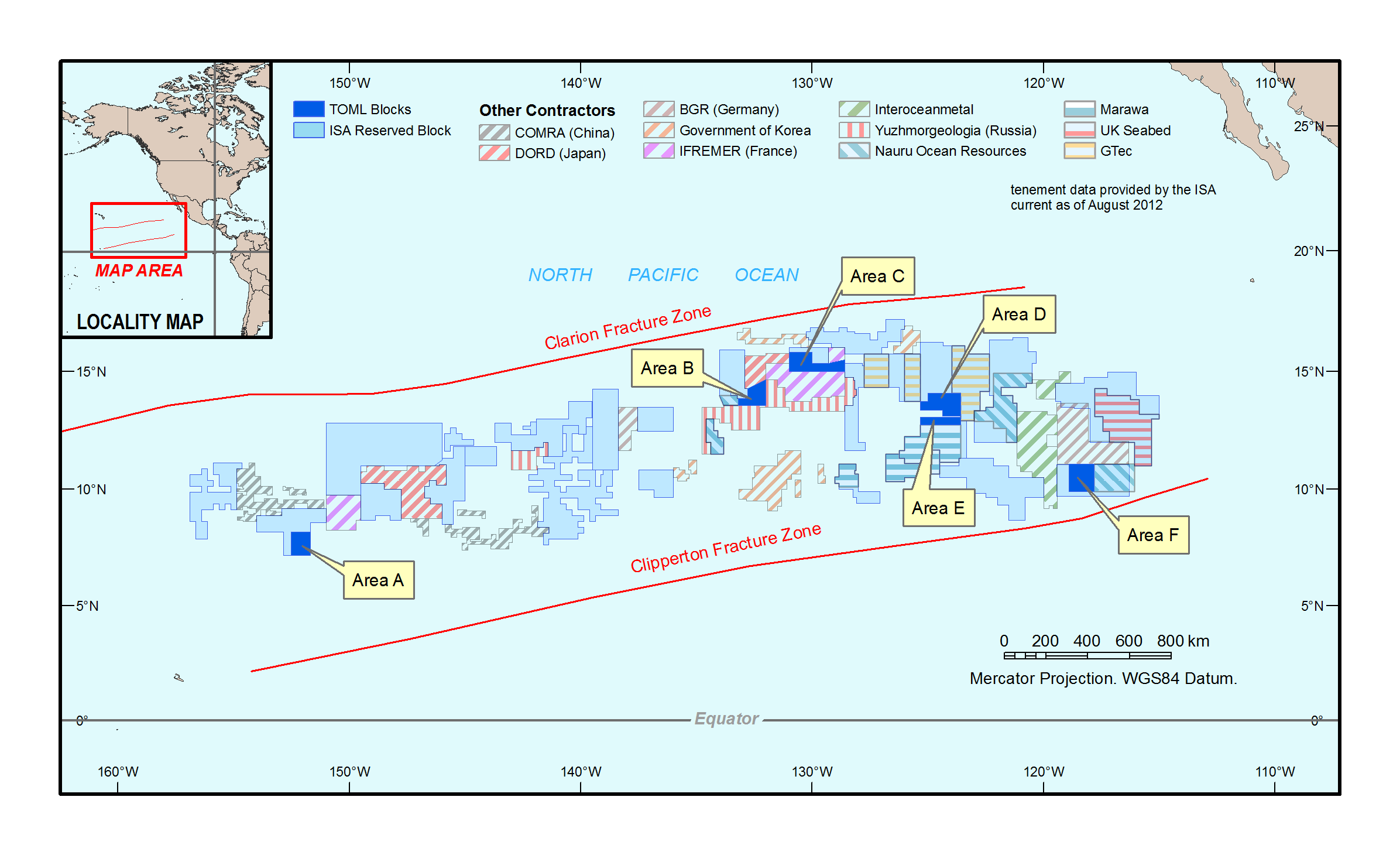Nautilus underwater project in Eastern Pacific richer than thought
Canadian seafloor miner Nautilus Minerals (TSX, LON:NUS) posted Thursday upgraded mineral resource estimates for its underwater mining project in the Eastern Pacific, off the coast of Mexico, which shows the venture is much richer than originally thought.
The project's inferred mineral resource base went up from 410 million tonnes to 685 million tonnes (wet).According to the updated estimate, the Clarion-Clipperton fracture zone (CCZ) project's inferred mineral resource base went up from 410 million tonnes to 685 million tonnes (wet).
The new figures include portions in the inferred, indicated and measured categories, following the successful completion of exploration campaigns in the area in 2013 and late 2015, Nautilus said in the statement.


Sampling copper under the sea. (Courtesy of Nautilus Minerals)
The firm's chief executive Mike Johnston said the finding highlights again the significant potential of seafloor resources.
"Technological advances in mining, oil & gas and maritime technologies over the last 20 years now mean there are reasonable prospects for economic extraction of these massive mineralized systems," Johnston said in the statement.
"At Nautilus, we are both excited and privileged to be leading the development of this significant, currently untapped potential," he noted.


(Courtesy of Nautilus Minerals)
The Toronto-based firm, the world's first yet not the only seafloor miner, is better known by its Solwara 1, in the minerals-rich Manus basin of the Bismarck Sea, set to become the world's first commercial high-grade deep-sea copper, gold and silver mine.
Nautilus Minerals settled a key dispute with the PNG's government last year. Since then, progress has moved quickly and the company expects to begin mining operations in early 2018.
Fiji, Tonga, Vanuatu and Solomon Islands have all granted permits for deep sea mining exploration and the Cook Islands recently undertook a minerals exploration tender process. But PNG is the only country in the region to have granted a license for ocean floor mining.